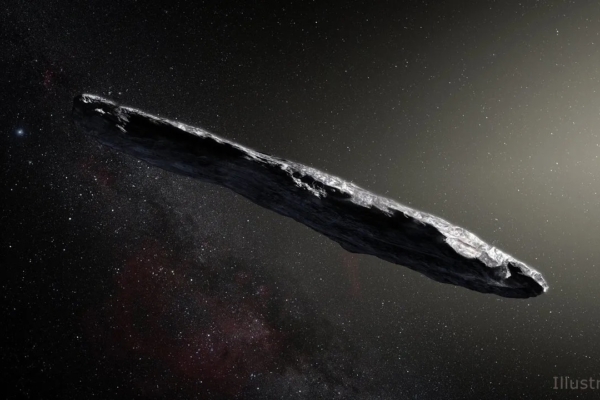Dark comets are a peculiar type of celestial body that combines characteristics of both asteroids and comets. Discovered by astronomers less than two years ago, these dark comets have recently been found in greater numbers, aiding in unraveling the mysteries surrounding these enigmatic celestial objects.
According to the National Aeronautics and Space Administration (NASA), dark comets appear asteroid-like but exhibit movements typical of comets in space. Prior to 2023, seven dark comets had been identified. In a newly published research report, scientists announced the discovery of an additional seven dark comets, effectively doubling the known population of dark comets.
Researchers have also observed that dark comets can be divided into two distinct groups – larger dark comets located in the outer regions of the solar system, and smaller dark comets within the inner regions.
In a study from 2016, astronomers noted a slight deviation in the orbit of the asteroid 2003 RM compared to its expected trajectory. This deviation could not be explained by the typical accelerations of asteroids, leading to the realization of the existence of dark comets.
One of the authors of the study, Davide Farnocchia, a navigation engineer at NASA’s Jet Propulsion Laboratory, stated, “When you see this kind of perturbation on a body, it typically means that it is a comet, where volatile substances released on its surface provide a little thrust.”
However, despite their efforts, Farnocchia mentioned that no traces of a comet tail were found on 2003 RM. It appeared just like any other asteroid, a mere point of light, puzzling researchers for some time about this strange celestial object.
In the following year (2017), astronomers using telescopes sponsored by NASA discovered an interstellar object originating from outside the solar system – Oumuamua or 1I/2017 U1. Resembling a small asteroid with just a single point of light, its orbit exhibited variations as if volatile substances were being released from its surface similar to a comet.
Farnocchia remarked, “Oumuamua is surprising in many ways. In fact, the first object we have detected from interstellar space exhibits behaviors similar to 2003 RM, making 2003 RM even more intriguing.”
By identifying seven objects displaying characteristics of both asteroids and comets prior to 2023, astronomers introduced a new category named dark comets to the astronomical community. With the recent discovery of additional seven such objects, researchers can now delve into a new realm of scientific inquiry.
Darryl Seligman, a postdoctoral researcher in physics at Michigan State University, stated that through analyzing reflectivity and orbits, they have identified two distinct types of dark comets within the solar system.
The first type, known as outer dark comets, exhibits similarities with Jupiter-family comets, featuring non-circular or elliptical orbits and larger dimensions (several hundred meters or more).
The second type, referred to as inner dark comets, resides within the inner regions of the solar system (including Mercury, Venus, Earth, and Mars), following nearly circular orbits and smaller dimensions (tens of meters or less).
Seligman noted, “Dark comets present a new potential source of materials essential for life development on Earth. The more we understand about them, the better we grasp their role in the origins of our planet.”
These research findings were published on December 9 in the Proceedings of the National Academy of Sciences.

